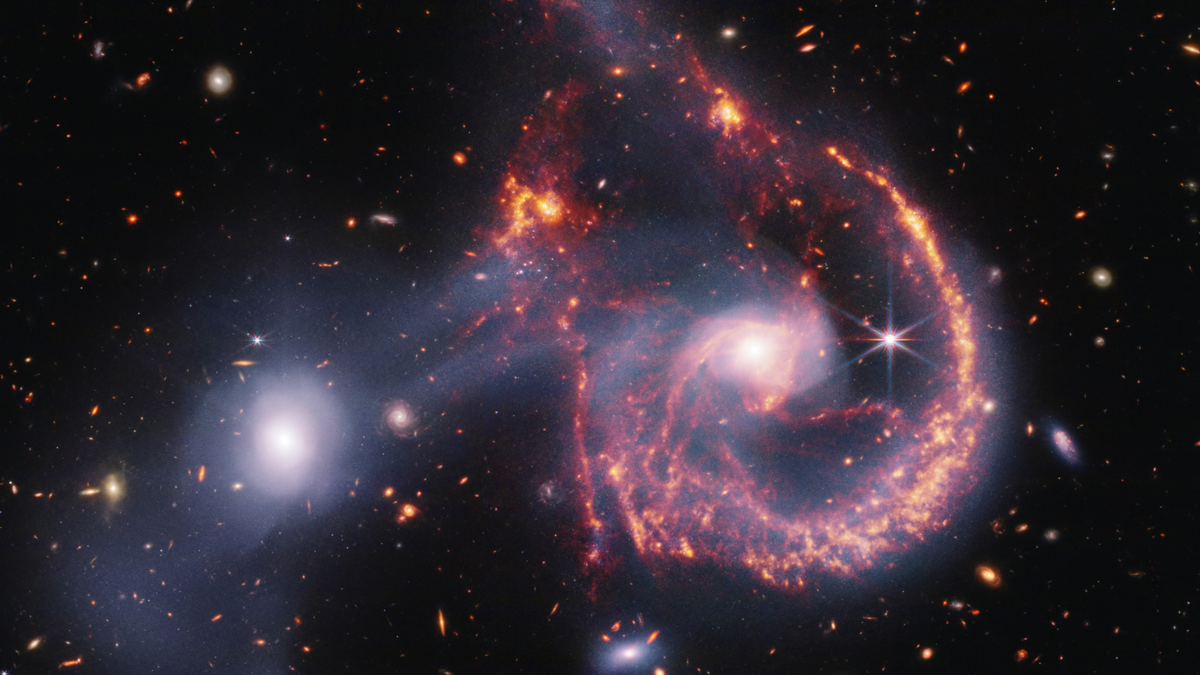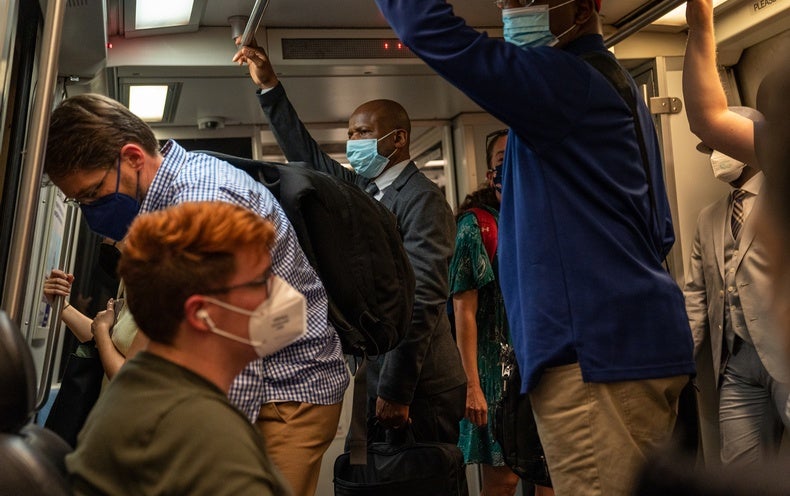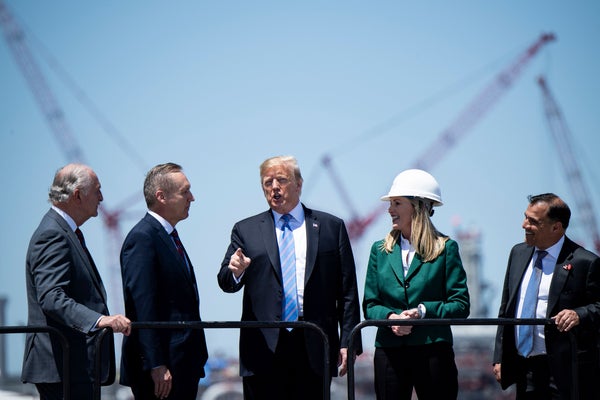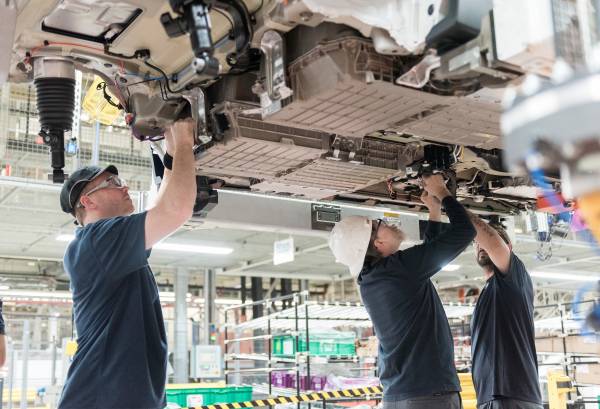Using the James Webb Space Telescope, astronomers have imaged a surprisingly merry-looking collision between galaxies.
The merger of the large spiral galaxy and the smaller elliptical galaxy, collectively known as Arp 107, is located around 465 million light-years from Earth in the constellation Leo Minor.
The $10 billion James Webb Space Telescope (JWST) imaged Arp 107 using its NIRCam (Near Infrared Camera) and its MIRI (Mid InfraRed Instrument) cameras. With these, the JWST spotted a near-transparent white “bridge” of stars that has been ripped from both galaxies. Star-forming regions of gas and dust are represented in orange and red, together forming a smiley face among the stars.
The spiral galaxy component of this merger is classed as a Seyfert galaxy, one of the largest groups of so-called “active” galaxies that emit large amounts of energy from their centers. The brightest of these galaxies possess energetic regions dominated by feeding supermassive black holes called “quasars.”
Named after American astronomer Carl K. Seyfert, Seyfert galaxies tend to be dimmer than quasar-hosting galaxies. That means Seyfert galaxies are actually the easier active galaxies to study when it comes to using low-energy light like the infrared light the JWST uses to observe the cosmos.
Related: James Webb Space Telescope witnesses a black hole ‘killing’ its galaxy (photo)
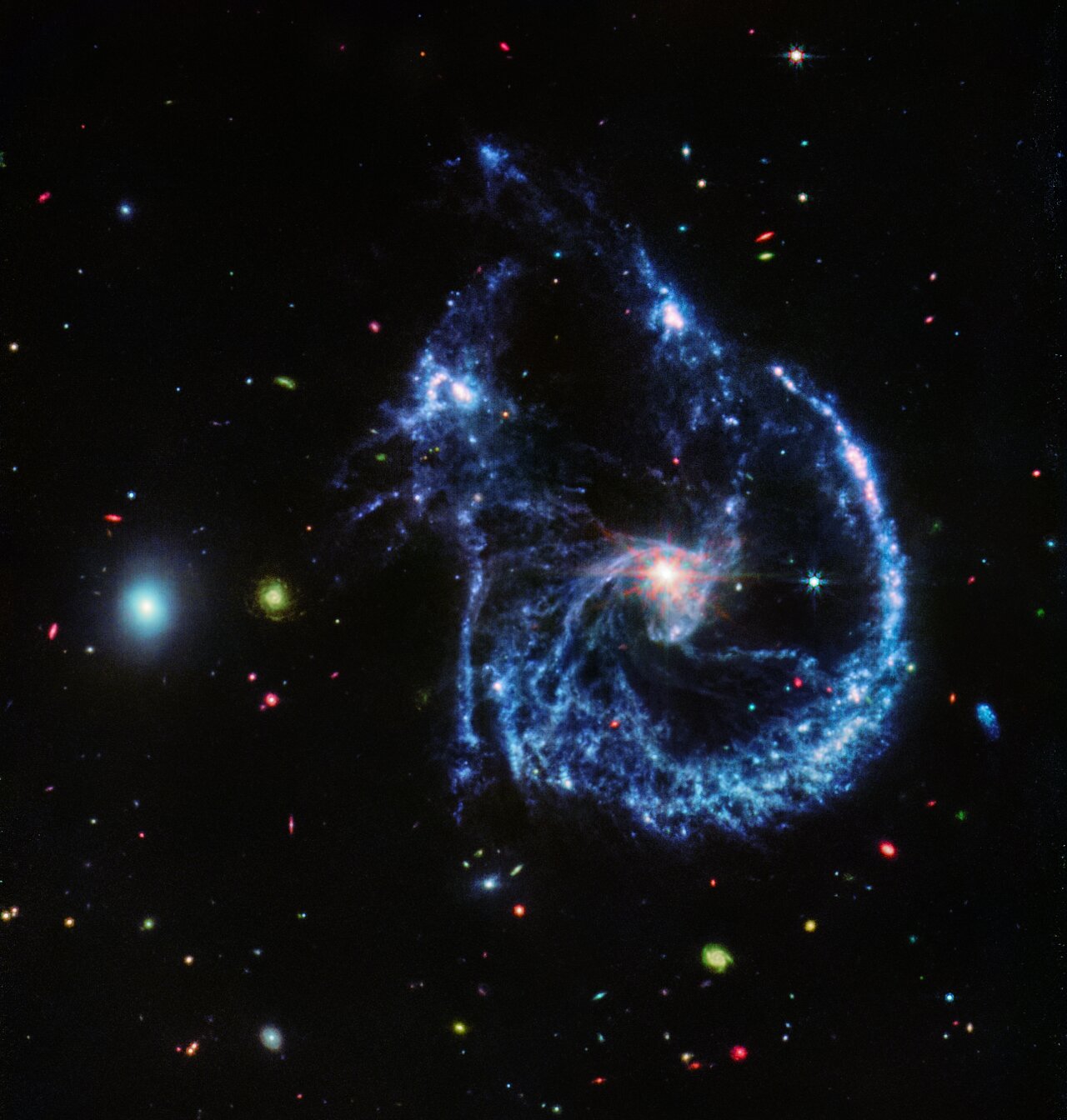
There are many similarities between Arp 107 and another set of interacting galaxies seen by the JWST, the Cartwheel Galaxy. However, Arp 107 doesn’t exactly look like the Cartwheel Galaxy. This is because the smaller elliptical galaxy in Arp 107 was off-center when it collided with the larger spiral galaxy.
As a result, the spiral galaxy component of Arp 107 has managed to retain most of its structure apart from its distinctive spiral arms, which have been almost completely obliterated.
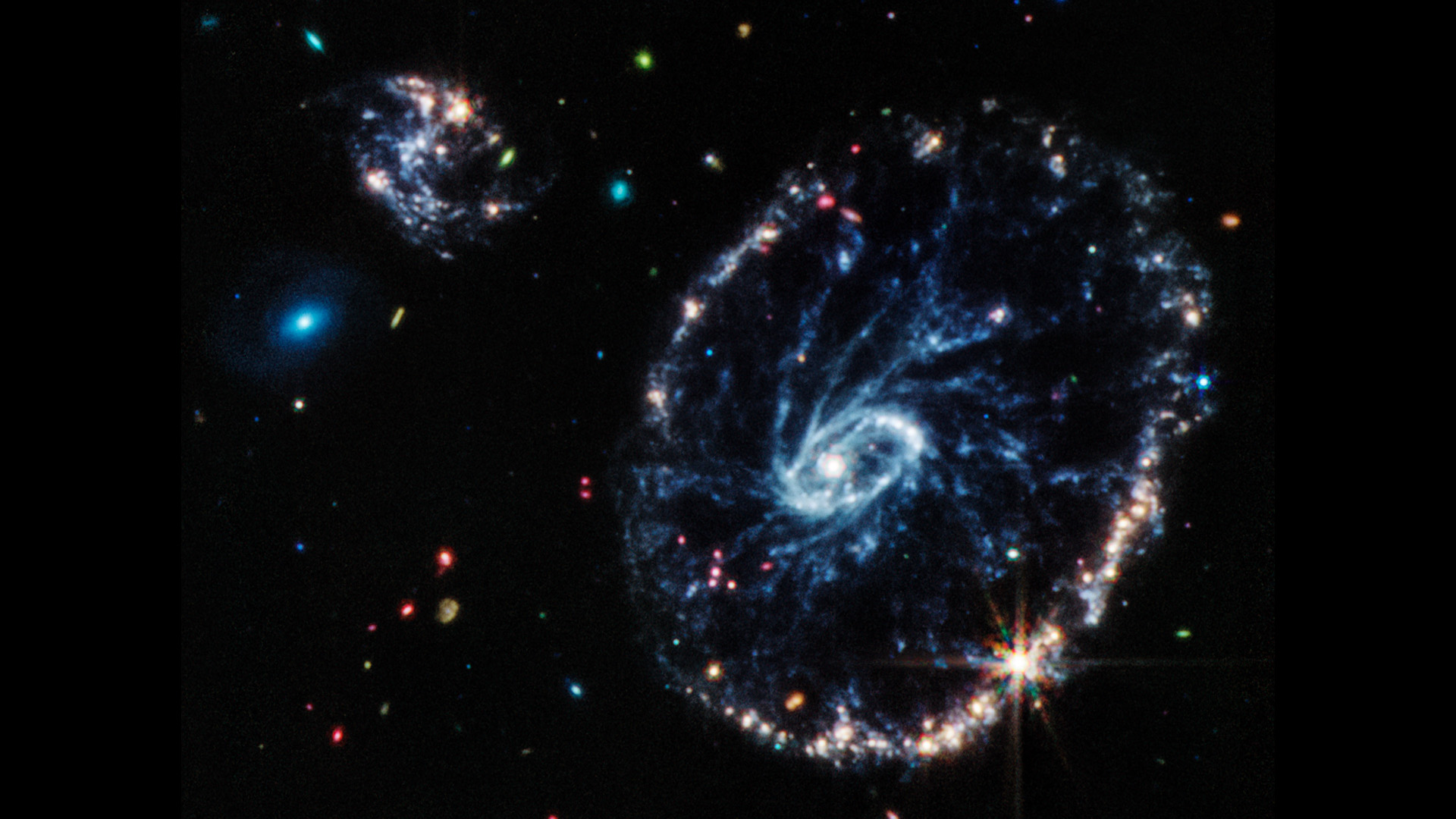
Collisions between galaxies like Arp 107 can be a double-edged sword when it comes to star formation. In galaxies that aren’t actively forming stars, mergers can deliver new reservoirs of gas, the building blocks of star formation, and compress this gas into the dense state needed to birth stellar bodies.
On the flipside of this, the JWST has seen that collisions can disperse gas which can deprive galaxies of the material they need to form new stars.
The Arp 107 collision witnessed by the JWST is expected to take hundreds of millions of years to complete. When it is finished, the two galaxies will have created a larger, irregularly shaped galaxy.



